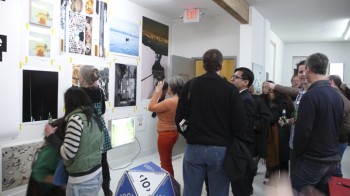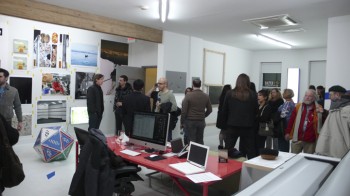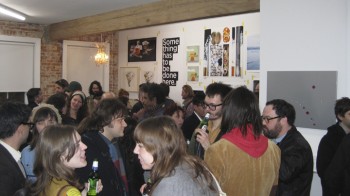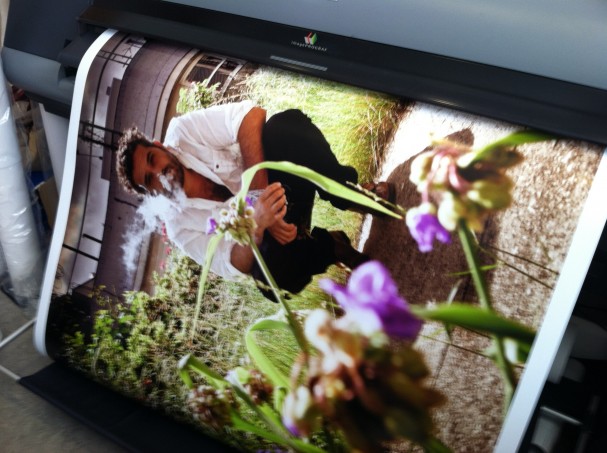
Bridget Sue Lambert launched her diverse and eclectic visual arts business about a year ago. With the discerning eye of an artist and a photographer, and years of fine art and photographic printmaking behind her, Lambert was well equipped to handle the important and relatively massive project that came through her doors earlier this year.
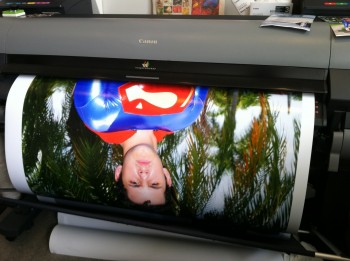
The project, entitled LATINO/US Cotidiano (cotidiano means “everyday life”) and created and produced by SPAIN arts & culture, is the culmination of a wide-ranging group of photographers – a dozen total – who captured the Latino experience in America. Their work would then be translated into large format for the benefit of visitors to an exhibition in Washington, D.C.
Lambert would end up printing 95 images, ranging from approximately 20″ x 30″ to 40″ x 60″ (Lambert worked in millimeters since she was coordinating images with a dozen photographers located at various points on the globe).

The exhibit is on display at the former Residence of the Ambassadors of Spain at 2801 16th Street NW in Washington, D.C., and will be featured there until May 12. The exhibition will then pick up stakes and tour various cities across the U.S.
Claudi Carreras, one of the foremost experts on IberoAmerican Latino photography, was commissioned to research and select established and emerging photographers of Latino descent who both embrace the theme of the exhibit and excel at their craft.
The exhibition included noted artists Carlos Alvarez Montero, Sol Aramendi, Katrina Marcelle d’Autremont, Cale, Ricardo Cases, Livia Corona, Hector Mata, Karen Miranda, Dulce Pinzon, Susana Raab, Stefan Ruiz and Gihan Tubbeh.
“They let me pick the paper the images were printed on, and I chose LexJet Sunset Photo eSatin Paper because it prints nicely, has a good price point and is durable,” explains Lambert. “The challenge was working with 12 different photographers who are justifiably particular about their work, and I wanted to do the best I possibly could for each image.”
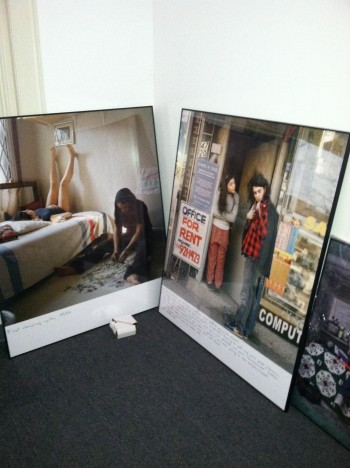
Lambert used the Canon iPF8300 inkjet printer she bought from LexJet and printed the images through Photoshop. She printed proofs before submitting the images for printing at their final sizes.
“Jayme McClellan, who runs Civilian Art Projects, was a liaison on this project. She came in and we checked the proofs, made any changes and printed it to the size specified. I keep records of proofs and once approved I use Photoshop to bring the layers over with the proper adjustments I made to get it right. I want to keep what the artist intended; not what I intended. Photographers spend a lot of time adjusting their images before they print and I made sure to preserve those adjustments,” says Lambert. “I did all the printing over a month’s timeframe, which is challenging, and only lost five final prints that I had to re-print. When I went to the opening of the exhibition, I had not met most of the artists. Three of them came up to me and told me they loved how their images looked, so that was a relief.”
Lambert had the images framed at Light LLC, Silver Spring, Md. She works with Jeff Knabb, who does most of Lambert’s photo mounting and framing. Lambert and Knabb delivered the prints, which were framed in thin, black metal frames behind plexiglass, to the exhibition in batches of 30 or so.
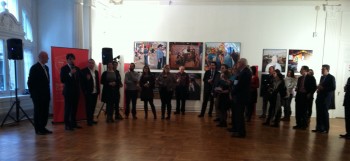
“The artists were excited about the prints: the eSatin has a nice weight and is durable so you don’t have to worry as much about moving the prints around. It’s a lot more forgiving than other photo papers; it cuts and prints great. I’ve never had any quality issues with this paper,” she says.
Lambert adds that the support she received from Canon and her LexJet customer specialist, Rob Finkel, was instrumental in ensuring a smooth and ultimately successful process from start to finish.
“The support from Canon has been amazing. I had a printhead go down in the middle of the project, but fortunately it was under warranty and Canon got it over to me the next day. If I had to buy another printer, I would definitely buy another Canon,” Lambert says. “Rob is always helpful. I couldn’t do half of what I did without his help. I appreciate the support he provides that’s above and beyond what anyone else provides.”
For more information about the exhibit and the artists:

